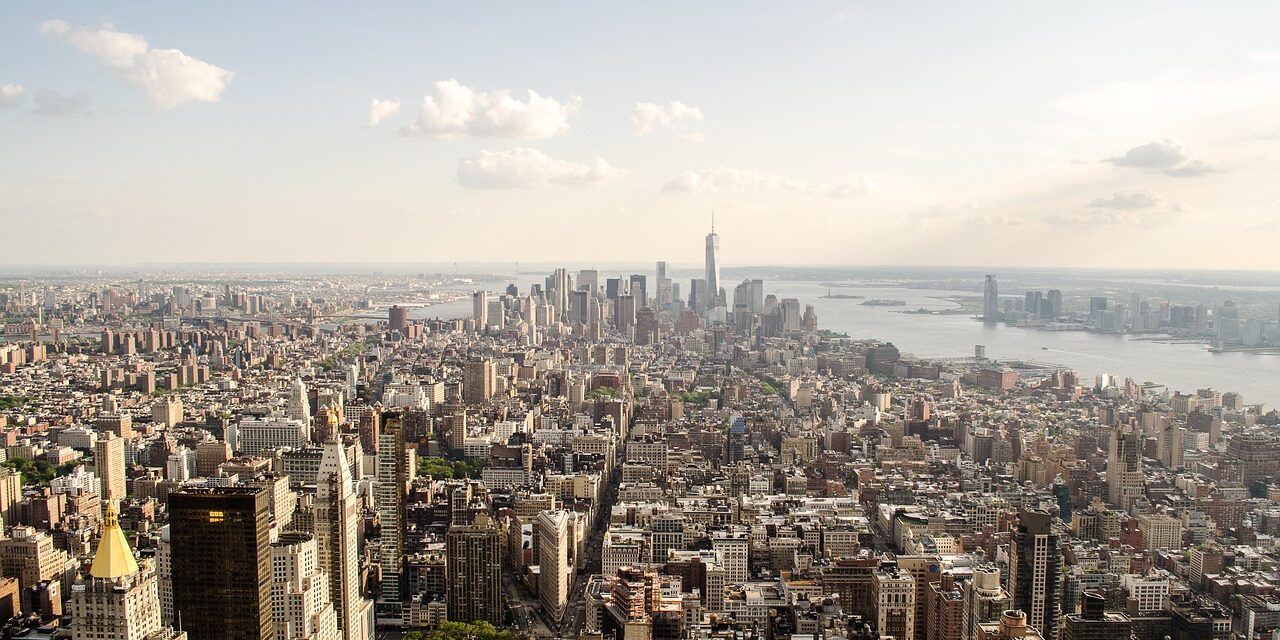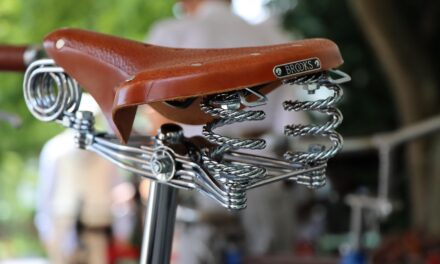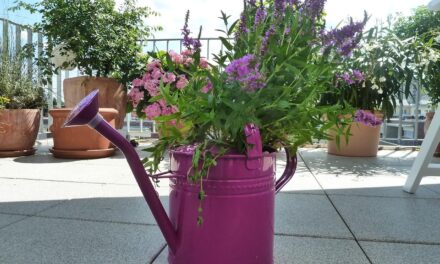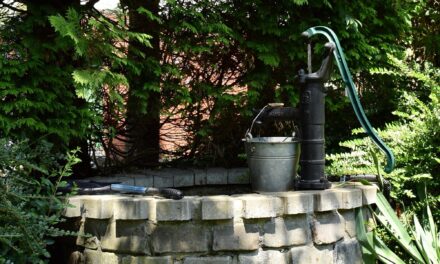Water cycle management in urban areas and Public Policy and Advocacy explained
Water cycle management in urban areas, Public Policy and Advocacy, etc…
Let’s give the Great Salt Lake a big, refreshing drink! 💦
Saving water is like giving the Great Salt Lake a hug!
Simple things like taking shorter showers, fixing leaky faucets, and watering our lawns less can make a huge difference. It’s like sending a cool, refreshing drink to our thirsty friend, the Great Salt Lake! 💧
Think of it like this: Water evaporates from the lake, forms clouds, falls as rain or snow, and flows back into the lake. It’s a big, beautiful water cycle! 🌎
But the Great Salt Lake needs our help! It’s facing a serious water shortage, and it needs us to be water-wise.
Why does it matter?
Because the Great Salt Lake is home to amazing birds and animals who rely on it for food and shelter. We need to keep the lake healthy so they can thrive! 🐦🐢
Let’s all do our part to make the Great Salt Lake happy and healthy! 😊
The Great Salt Lake: A Thirsty Giant in a Changing World
TL;DR: The Great Salt Lake is facing a water crisis! Climate change is making it hotter and drier, and we’re using too much water. This hurts wildlife, our farms, and even the air we breathe. We need to act now to save this important lake!
The Great Salt Lake’s Watery Journey
The Great Salt Lake is a giant bathtub in the middle of Utah. It gets its water from rivers like the Jordan River, which bring water from the mountains to the lake. This is part of the water cycle, where water evaporates from the lake, forms clouds, falls as rain or snow, and eventually flows back into the lake.
Challenges Facing the Great Salt Lake
But the Great Salt Lake is thirsty! Here’s why:
- Climate Change: Global warming is making it hotter and drier, so less water flows into the lake.
- Too Much Use: We use a lot of water for farming, cities, and our homes. This leaves less for the lake.
These problems are causing the Great Salt Lake to shrink, and that has big consequences:
- Wildlife Loss: Many birds and animals depend on the lake for food and shelter. A smaller lake means less habitat for them.
- Dust Storms: When the lake shrinks, it exposes dry lakebed. Strong winds can pick up this dust, making the air unhealthy to breathe.
What Can We Do?
We need to find ways to save water and help the Great Salt Lake:
- Water Conservation: Simple things like taking shorter showers, fixing leaky faucets, and watering our lawns less can save lots of water.
- Smart Farming: Farmers can use new techniques to use less water while still growing crops.
- Policy Changes: Our governments can make laws to encourage water conservation and protect the lake.
The Active Climate Rescue Initiative
The Active Climate Rescue Initiative is a group working to solve the Great Salt Lake’s water problems. They are doing important work to help us understand the problem and find solutions!
A Summary of the Great Salt Lake’s Water Woes
The Great Salt Lake is facing a serious water shortage. Climate change and our water use are causing the lake to shrink, harming wildlife, our air quality, and the environment. To save the lake, we need to conserve water, use it more wisely, and support organizations like the Active Climate Rescue Initiative. By working together, we can make a difference and ensure the Great Salt Lake continues to be a vital part of our region.
More on Water cycle management in urban areas…
- ## SEO Keywords: Water Cycle Management in Urban Areas & Public Policy/Advocacy
- General:
- urban water cycle management
- water management in cities
- sustainable water management in urban areas
- urban water security
- water resources management in cities
- integrated urban water management
- water cycle sustainability
- water conservation in urban areas
- urban water infrastructure
- water policy in urban areas
- Specific Topics:
- stormwater management in cities
- urban flooding
- drought management in urban areas
- wastewater treatment in urban areas
- water reuse in urban areas
- water pricing in urban areas
- water equity in cities
- urban water governance
- water education in urban areas
- public participation in water management
- Public Policy & Advocacy:
- water policy advocacy
- water rights advocacy
- urban water policy
- public policy for urban water management
- water infrastructure investment
- water conservation policies
- water affordability policies
- water equity and justice
- water policy reform
- water advocacy groups
- Tools & Resources:
- water management software
- urban water planning tools
- water cycle modeling
- water conservation resources
- water management databases
- water policy reports
- water advocacy organizations
- Geographic Locations:
- [City Name] water management
- [Country] urban water policy
- [Region] water cycle management
- Specific Stakeholders:
- urban water utilities
- city governments
- environmental organizations
- water research institutions
- water engineering firms
- Challenges & Solutions:
- urban water challenges
- solutions for urban water scarcity
- climate change impact on urban water
- sustainable urban water solutions
- water innovation in urban areas
- Examples of Long-Tail Keywords:
- best practices for urban water management
- how to improve water conservation in cities
- the role of technology in urban water management
- the impact of population growth on urban water demand
- advocacy strategies for urban water issues
- water policy trends in urban areas
- funding opportunities for urban water projects
- citizen engagement in urban water management











